Energy bars have become a popular snack option, often marketed as convenient and nutritious choices for busy individuals. However, their healthfulness can vary significantly depending on ingredients and nutritional content. While some energy bars are formulated with whole foods like nuts, seeds, and dried fruits, others may contain added sugars, artificial flavors, and preservatives. It's essential to scrutinize the ingredient list and nutritional label to ensure you're choosing a balanced option. Look for bars with a good balance of protein, healthy fats, and fiber, and minimal added sugars. Energy bars can be a convenient snack for on-the-go lifestyles, but they should complement a well-rounded diet rather than replace whole, nutrient-dense foods. Incorporating them mindfully can provide quick energy and satiety when needed, but it's crucial to consume them in moderation and as part of a balanced diet to maximize their potential health benefits.
Table of Contents
What Are Energy Bars?
Energy bars, also known as nutrition bars or snack bars, are convenient, pre-packaged food products designed to provide a quick and convenient source of energy. They typically contain a blend of carbohydrates, protein, and fats, along with various vitamins, minerals, and other nutrients. Energy bars come in a variety of flavors and formulations, ranging from simple ingredients like nuts, seeds, and dried fruits to more complex recipes with added sugars, sweeteners, and artificial additives. They are often marketed as portable snacks for athletes, busy professionals, travelers, and anyone looking for a convenient on-the-go option to fuel their activities or stave off hunger between meals. Energy bars can serve as a convenient and portable source of nutrition, but their healthfulness can vary widely depending on their ingredients and nutritional content.
What Are Some Popular Energy Bars?
There are numerous brands and varieties of energy bars available on the market, each with its unique flavors, ingredients, and nutritional profiles. Some popular energy bars include:
Clif Bar: Known for its wide range of flavors and organic ingredients, Clif Bar offers energy bars packed with whole grains, nuts, seeds, and dried fruits. They come in flavors like Chocolate Chip, White Chocolate Macadamia Nut, and Crunchy Peanut Butter.
KIND Bar: KIND bars are made with ingredients you can see and pronounce, such as nuts, fruits, and whole grains. They come in a variety of flavors, including Dark Chocolate Nuts & Sea Salt, Almond & Coconut, and Peanut Butter Dark Chocolate.
RXBAR: RXBARs are known for their minimalist ingredient list, usually consisting of egg whites, nuts, and dates. They come in flavors like Chocolate Sea Salt, Blueberry, and Peanut Butter Chocolate.
Larabar: Larabars are made with simple, plant-based ingredients, such as dates, nuts, and fruits. They come in flavors like Apple Pie, Cashew Cookie, and Peanut Butter Chocolate Chip.
Quest Bar: Quest Bars are known for their high protein content and low sugar content. They come in a variety of flavors, including Chocolate Chip Cookie Dough, Cookies & Cream, and Birthday Cake.
Nature Valley Granola Bars: Nature Valley offers a range of granola bars, including its popular Crunchy Granola Bars made with whole grain oats and nuts. They come in flavors like Oats 'n Honey, Peanut Butter, and Maple Brown Sugar.
PowerBar: PowerBar offers a variety of energy bars designed to fuel athletes before, during, and after workouts. They come in flavors like Chocolate Peanut Butter, Cookies & Cream, and Chocolate Mint.
Are Energy Bars A Healthy Snack Option?
Whether energy bars are a healthy snack option depends on various factors, including their ingredients, nutritional content, and how they fit into an individual's overall diet and lifestyle. Here are some considerations:
- Nutritional Content: Some energy bars are made with whole food ingredients like nuts, seeds, fruits, and whole grains, providing essential nutrients such as protein, fiber, vitamins, and minerals. These bars can be a convenient and nutritious option when they contain minimal added sugars, artificial additives, and preservatives.
- Calorie Density: Energy bars can vary widely in their calorie content, with some being more calorie-dense than others. While this can be beneficial for individuals needing quick energy for intense physical activity or prolonged periods without access to food, it may not be suitable for those trying to manage their weight or calorie intake.
- Added Sugars: Some energy bars contain significant amounts of added sugars, syrups, or sweeteners to enhance flavor and texture. Consuming too much added sugar can contribute to weight gain, inflammation, and chronic health conditions like diabetes and heart disease. It's essential to check the sugar content and opt for bars with minimal added sugars or natural sweeteners.
- Portion Control: While energy bars are convenient, portable snacks, it's crucial to practice portion control and not rely on them as meal replacements. They should complement a well-rounded diet that includes a variety of whole foods like fruits, vegetables, lean proteins, and whole grains.
- Individual Needs and Preferences: What constitutes a healthy snack can vary depending on individual dietary needs, preferences, and health goals. Some people may find energy bars to be a convenient option for fueling workouts, satisfying hunger between meals, or managing busy schedules, while others may prefer whole food snacks or homemade alternatives.
Nutritional Value Of Popular Energy Bars:
Here's the nutritional value of some popular energy bars per standard serving size (usually one bar, unless otherwise specified):
- Clif Bar (Chocolate Chip flavor, 68g):
- Calories: 250
- Protein: 9g
- Fat: 5g (including 1.5g saturated fat)
- Carbohydrates: 44g (including 5g fiber and 21g sugars)
- Vitamins and Minerals: Contains significant amounts of vitamins A, C, D, E, B6, B12, thiamin, riboflavin, niacin, folate, biotin, pantothenic acid, calcium, iron, phosphorus, magnesium, zinc, copper, manganese, chromium, and sodium.
- KIND Bar (Almond & Coconut flavor, 40g):
- Calories: 190
- Protein: 4g
- Fat: 14g (including 6g saturated fat)
- Carbohydrates: 16g (including 3g fiber and 5g sugars)
- Vitamins and Minerals: Contains small amounts of calcium, iron, potassium, and sodium.
- RXBAR (Chocolate Sea Salt flavor, 52g):
- Calories: 210
- Protein: 12g
- Fat: 9g (including 2.5g saturated fat)
- Carbohydrates: 24g (including 5g fiber and 13g sugars)
- Vitamins and Minerals: Contains small amounts of calcium, iron, potassium, and sodium.
- Larabar (Cashew Cookie flavor, 45g):
- Calories: 220
- Protein: 6g
- Fat: 13g (including 2g saturated fat)
- Carbohydrates: 23g (including 3g fiber and 18g sugars)
- Vitamins and Minerals: Contains small amounts of calcium, iron, potassium, and sodium.
- Quest Bar (Chocolate Chip Cookie Dough flavor, 60g):
- Calories: 210
- Protein: 21g
- Fat: 9g (including 3g saturated fat)
- Carbohydrates: 21g (including 14g fiber and 1g sugars)
- Vitamins and Minerals: Contains small amounts of calcium, iron, potassium, and sodium.
Easy Home-Made Energy Bar Recipes:
Here are a few easy homemade energy bar recipes:
- No-Bake Peanut Butter Energy Bars:
- Ingredients: Rolled oats, peanut butter, honey, chopped nuts, dried fruits, and optional add-ins like chocolate chips or chia seeds.
- Method: Mix all ingredients together in a bowl until well combined. Press the mixture into a lined baking dish and refrigerate until firm. Cut into bars and store in the refrigerator.
- Oatmeal Raisin Energy Bars:
- Ingredients: Rolled oats, almond butter, honey, raisins, cinnamon, and optional add-ins like shredded coconut or chopped nuts.
- Method: Combine all ingredients in a bowl and mix until evenly distributed. Press the mixture into a lined baking dish and bake at 350°F (175°C) for 15-20 minutes, or until golden brown. Let cool before cutting into bars.
- Chocolate Chip Protein Bars:
- Ingredients: Protein powder (vanilla or chocolate), almond flour, almond butter, honey, dark chocolate chips, and optional add-ins like flaxseed meal or shredded coconut.
- Method: Mix protein powder, almond flour, almond butter, and honey in a bowl until a dough forms. Fold in chocolate chips and any other add-ins. Press the mixture into a lined baking dish and refrigerate until firm. Cut into bars and store in the refrigerator.
- Date and Nut Bars:
- Ingredients: Medjool dates, nuts (such as almonds, cashews, or walnuts), shredded coconut, and optional add-ins like cocoa powder or vanilla extract.
- Method: Pit the dates and blend them in a food processor until they form a sticky paste. Add nuts and coconut and pulse until combined. Press the mixture into a lined baking dish and refrigerate until firm. Cut into bars and store in the refrigerator.
- Chia Seed Energy Bars:
- Ingredients: Chia seeds, rolled oats, almond butter, honey, dried fruits (such as cranberries or apricots), and optional add-ins like pumpkin seeds or dark chocolate chunks.
- Method: Mix all ingredients together in a bowl until well combined. Press the mixture into a lined baking dish and refrigerate until firm. Cut into bars and store in the refrigerator.

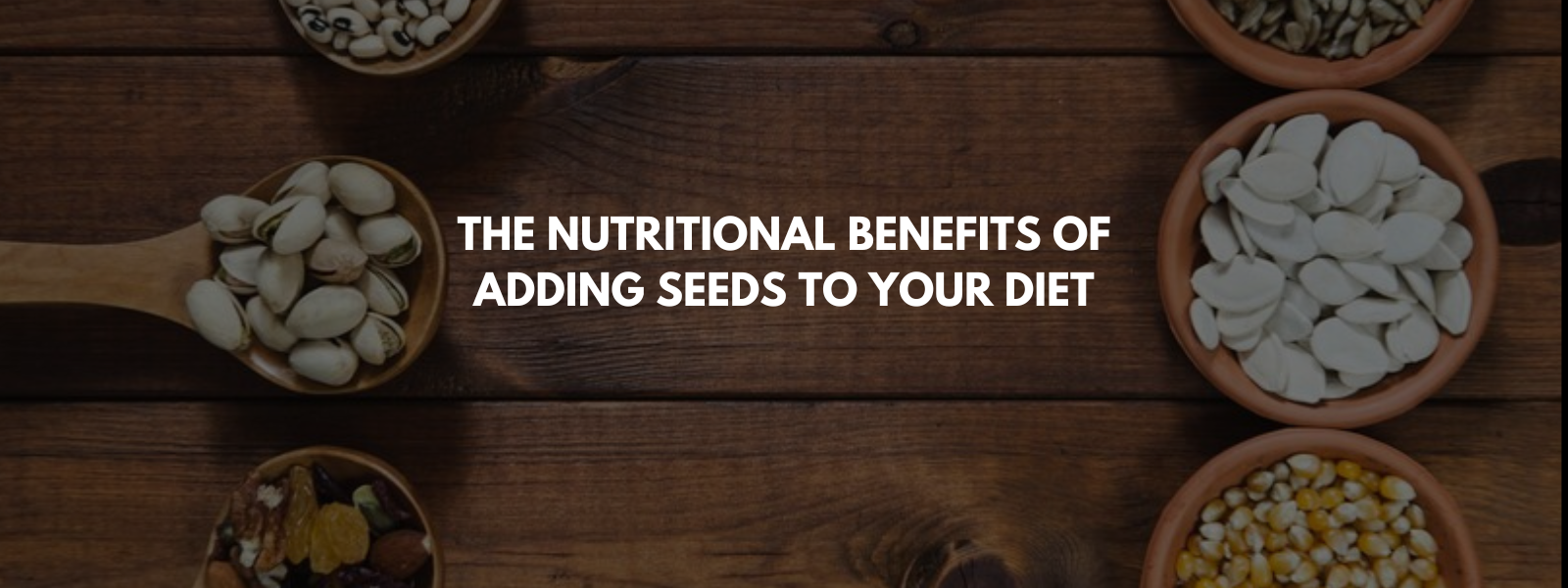

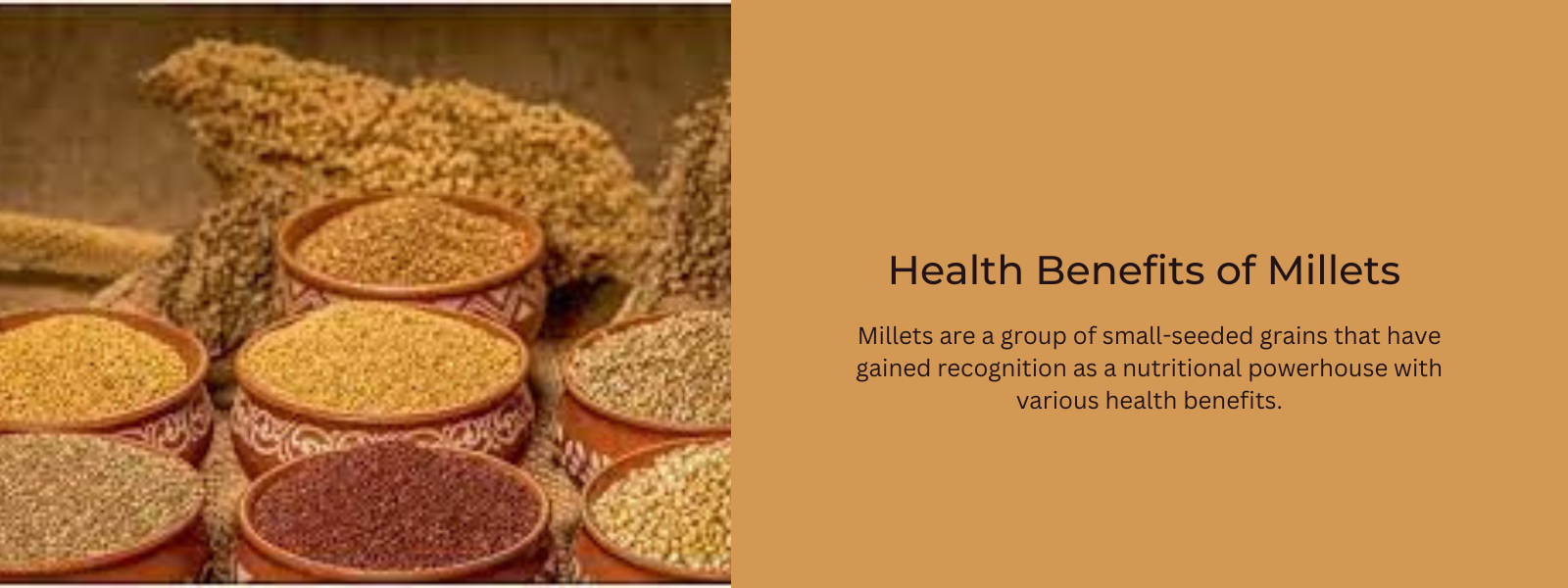
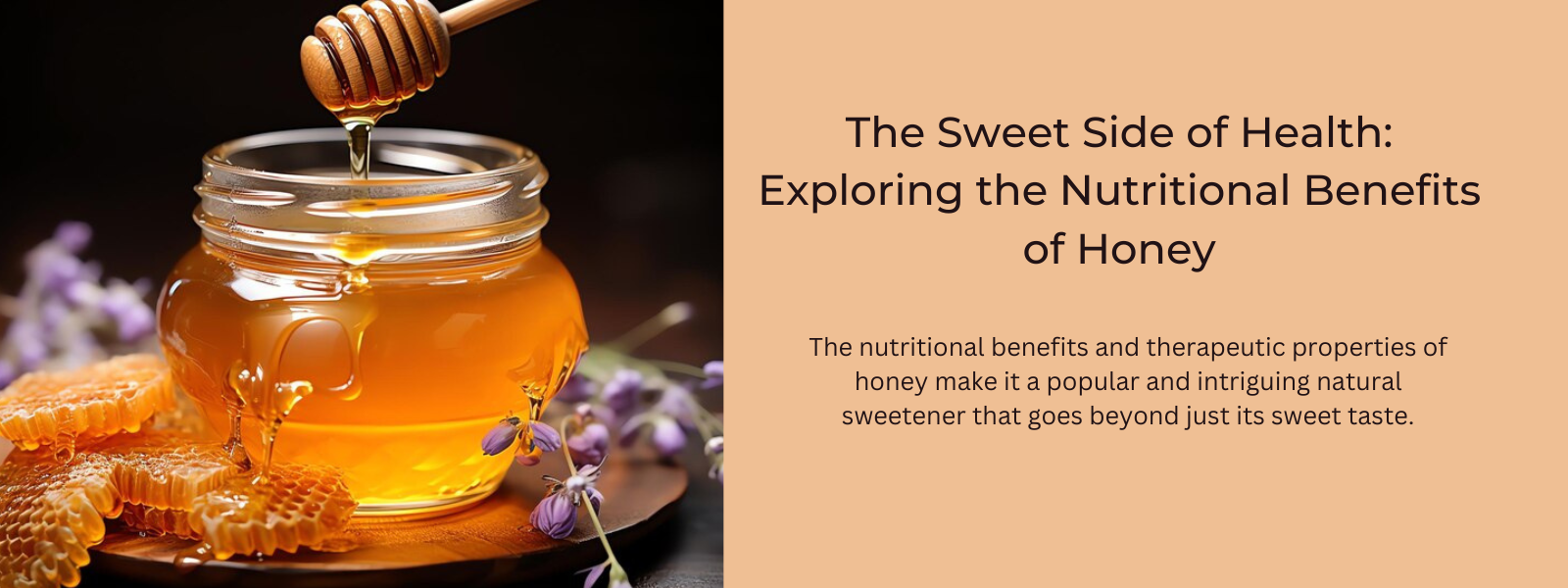
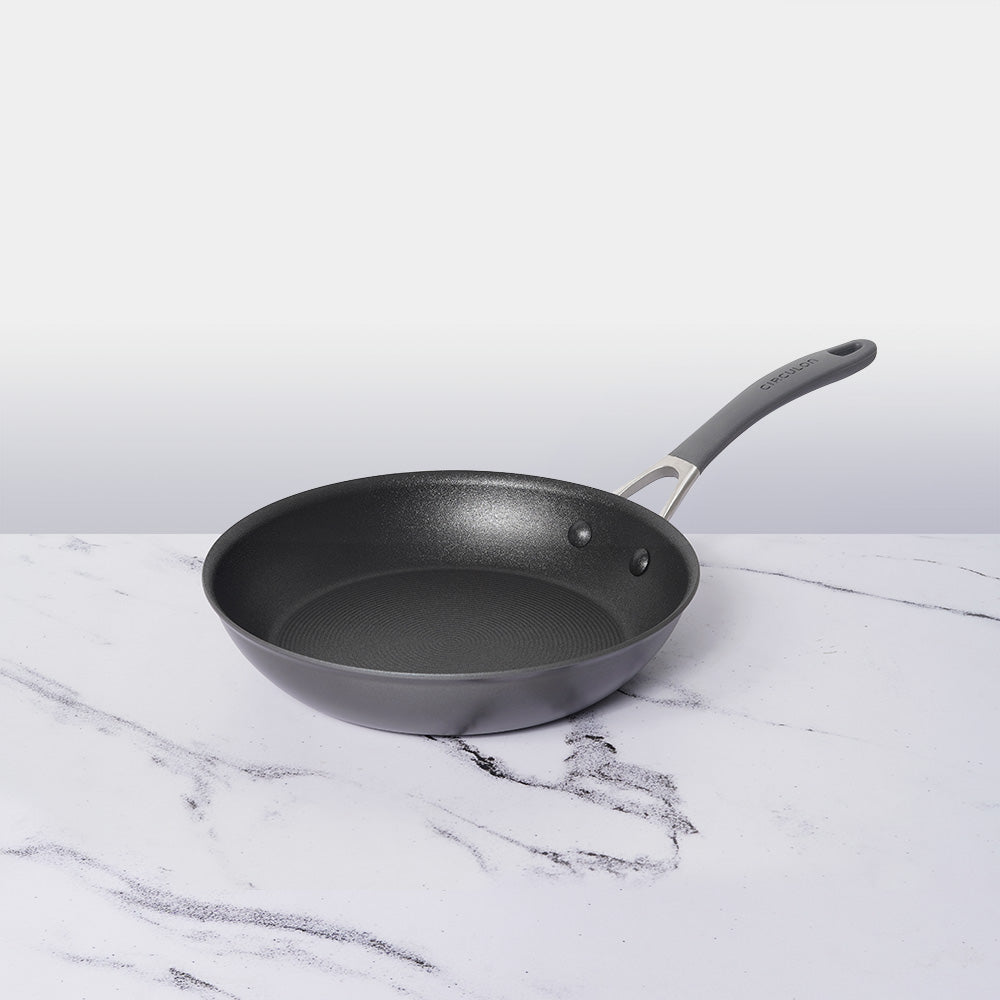
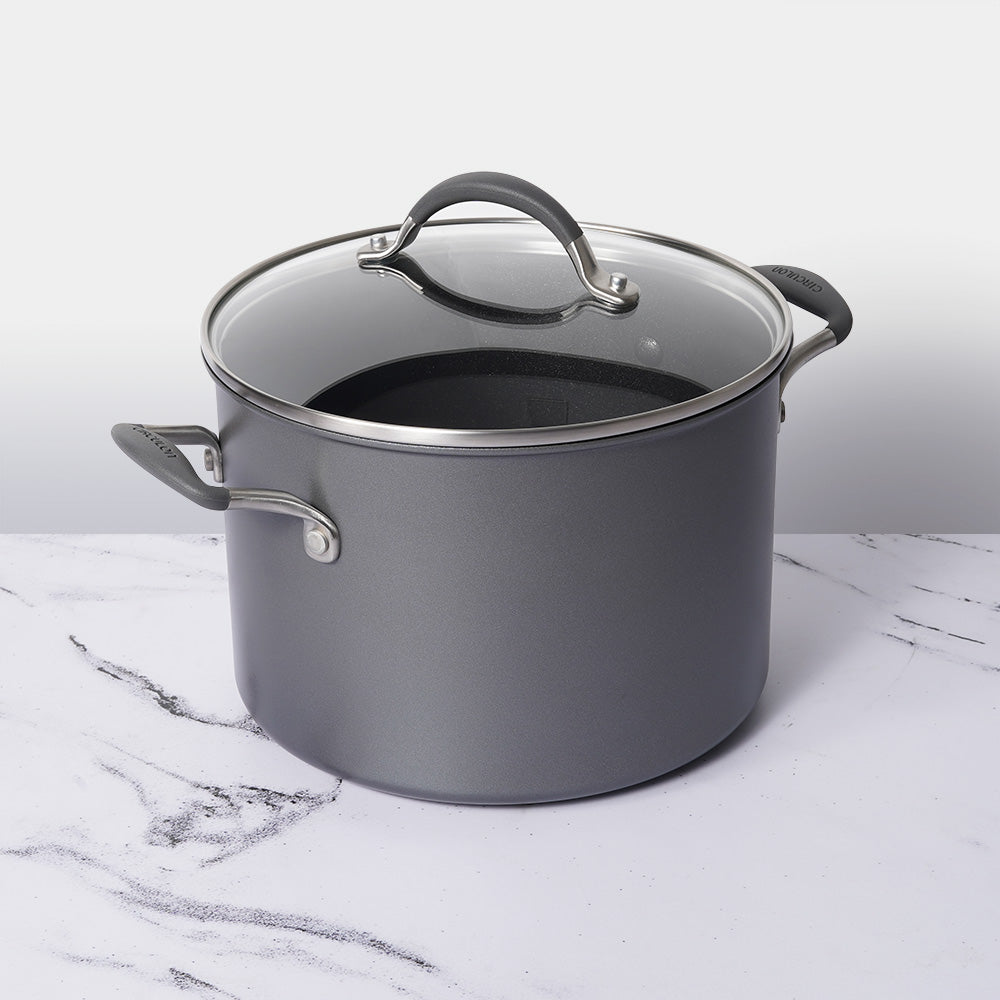




Leave a comment